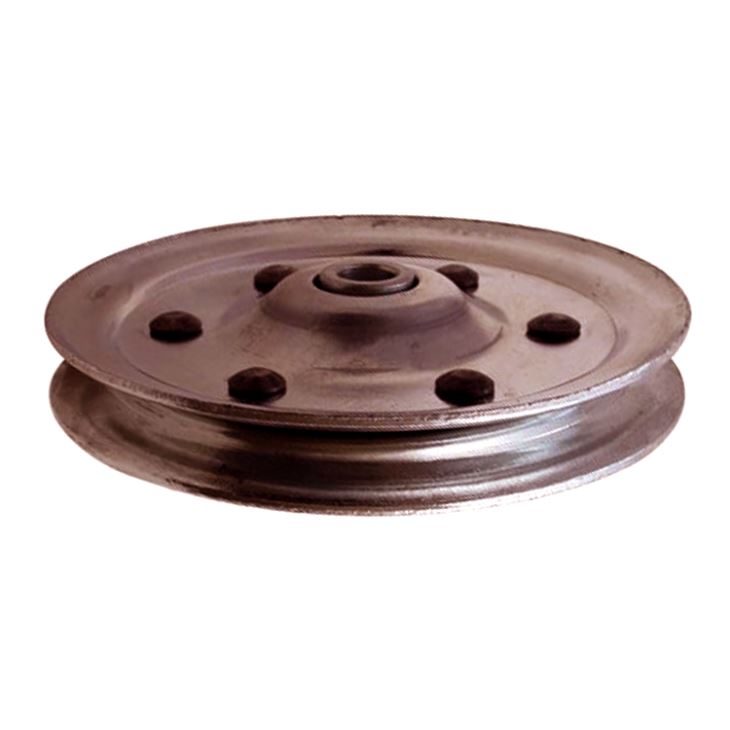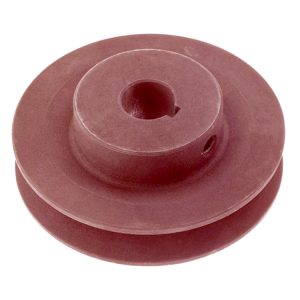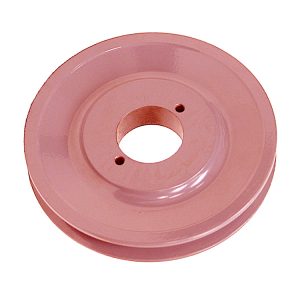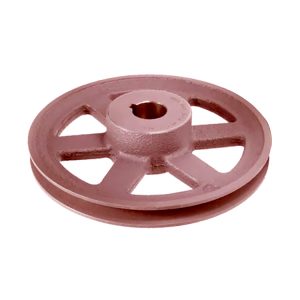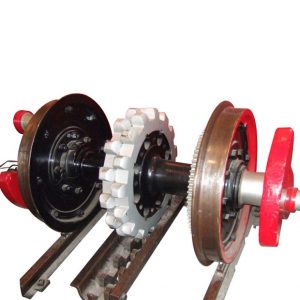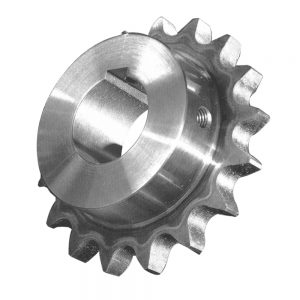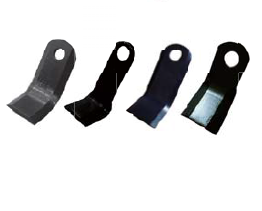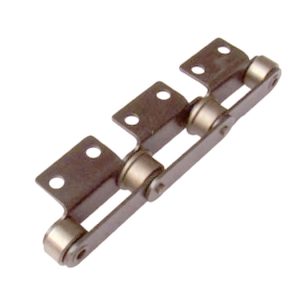Description
PULLEY
The word as we know it was first in common parlance in Middle English at some time between 1150 to 1500 AD. It was anglicized from the Old French(800-1400 AD) word, “polie.” The French likely nabbed it from the Medieval Greek(400-1400 AD) word, polos, which means “pivot” or “axis”. Prior to that, we can’t be certain what they were called. Since this particular simple machine has been around since at least 200 BC, we can bet there is more to this story.
SHEAVE
Sheave, it turns out, can likely lay its origins at the feet of the proto-Germanic (~500 BC) word Scheibe, which means disk. Unfortunately, another definition of sheave is “bundle,” so we can’t be totally certain about this one.
What this tells us is that the word “sheave” is probably a little older than “pulley.” And, sadly, not much else. One interesting note is that the pronunciation of “sheave” is hotly contested as well. Depending on the region of the world, you may say “Shiv” or “sheeeve,” with very different results.

